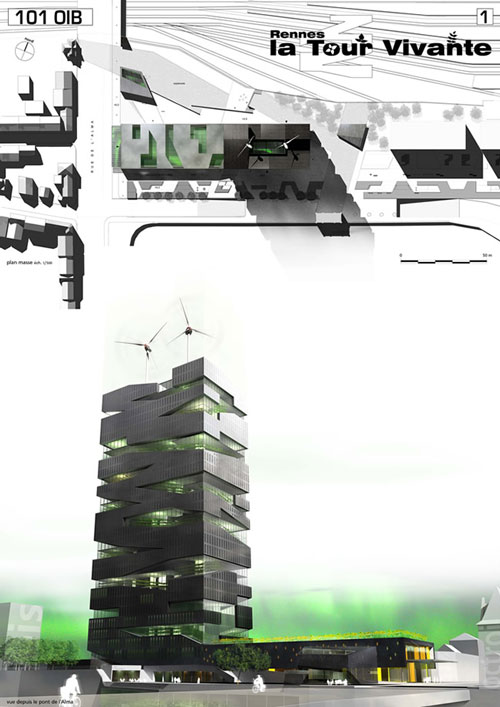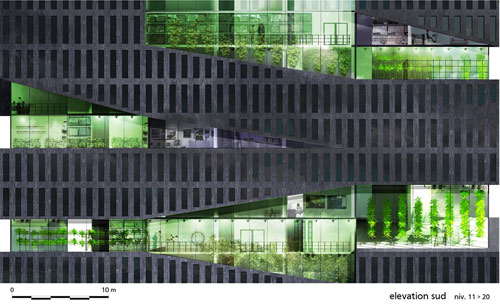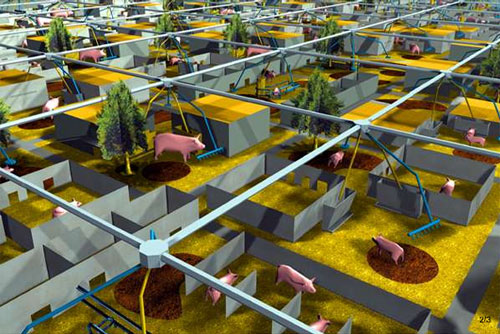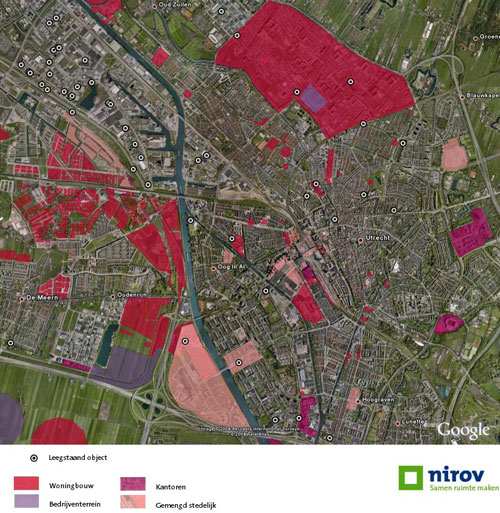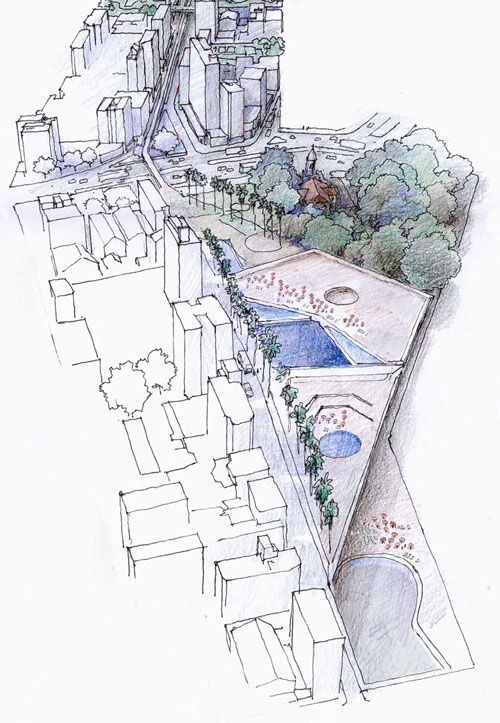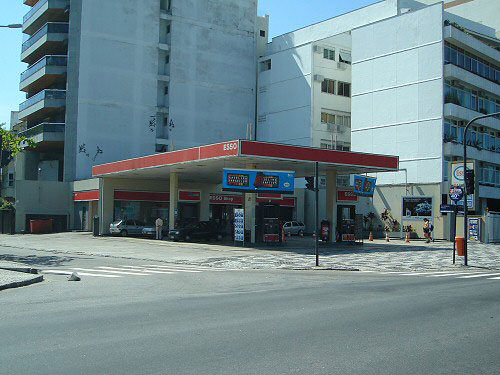
Under the Viaduto do Café in central São Paulo a box academy operates since 2006. The project, initiative of ex boxer Nilson Garrido, started under a gallery in the Anhangabaú valley in 2005. When the municipality reclaimed the space a new spot was found under the flyover. The complex started off with used materials such as car parts to equip the academy, at a later stage it received donations of professional fitness gear.
Fábio Garrido, Nilson´s father, says in an interview with Estado de São Paulo that when Rocky Balboa started in the 70ties, he must have copied Garrido´s idea, because he was already setting up his informal academies in Brazil.
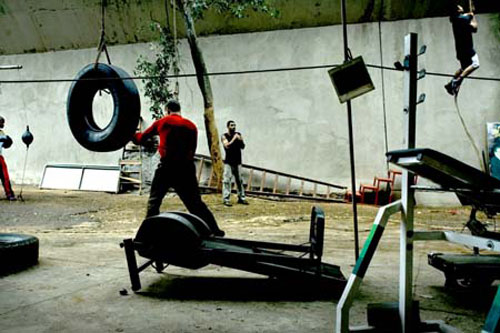
Besides box trainings and competitions, the project serves free meals for the homeless and maintains a public library of donated books. At first the neighborhood was divided about the box ring at the crossing that was used as illegal parking lot at the time, but later the initiative became fully accepted. In 2007 a photograph of the academy won World Press Photo in the category Sport Features and Stories.
Due to the succes of the project the district of Mooca offered another flyover, Alcântara Machado, to implement public sports facilities.
In 2008 architect Igor Guatelli developed an project to improve the academy under Viaduto do Café, which is currently under construction, and at the same time uses the experience for his Phd thesis.

See also:
Video by Gilberto Dimenstein (portuguese)
www1.folha.uol.com.br/folha/videocasts/…
Academia de boxe debaixo do viaduto (portuguese)
Article by Aryane Cararo for Estado de S. Paulo
www.estado.com.br/suplementos/…
Jogo de cintura (portuguese)
Article by Eugênio dos Santos for Portal SESC SP
www.sescsp.org.br/sesc/revistas_sesc/…
Interview with Igor Guatelli (portuguese)
www.vitruvius.com.br/entrevista/guatelli/…
Exibir mapa ampliado
